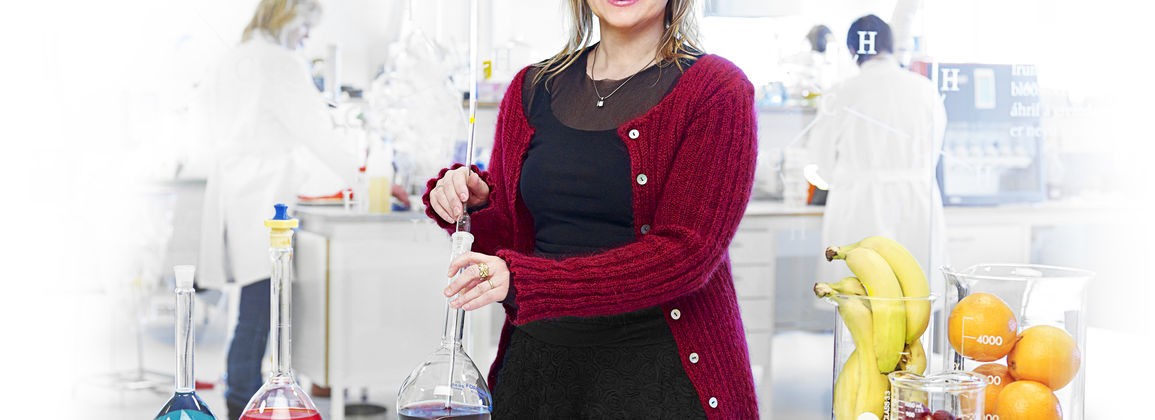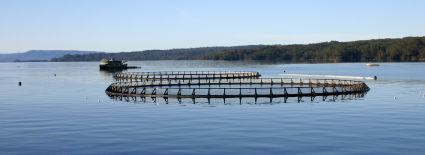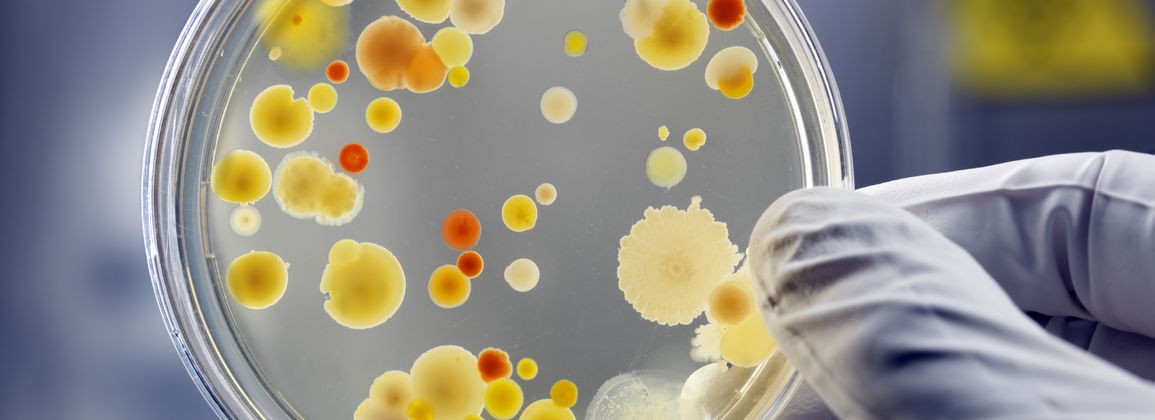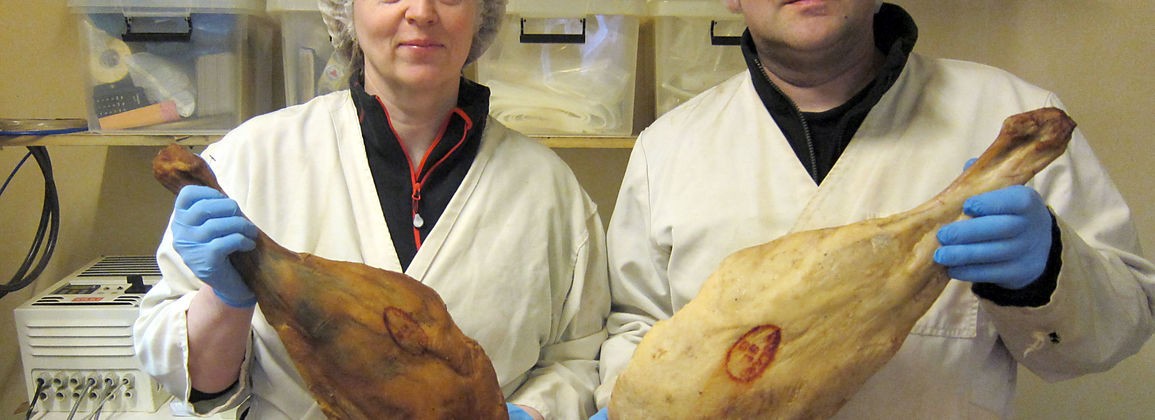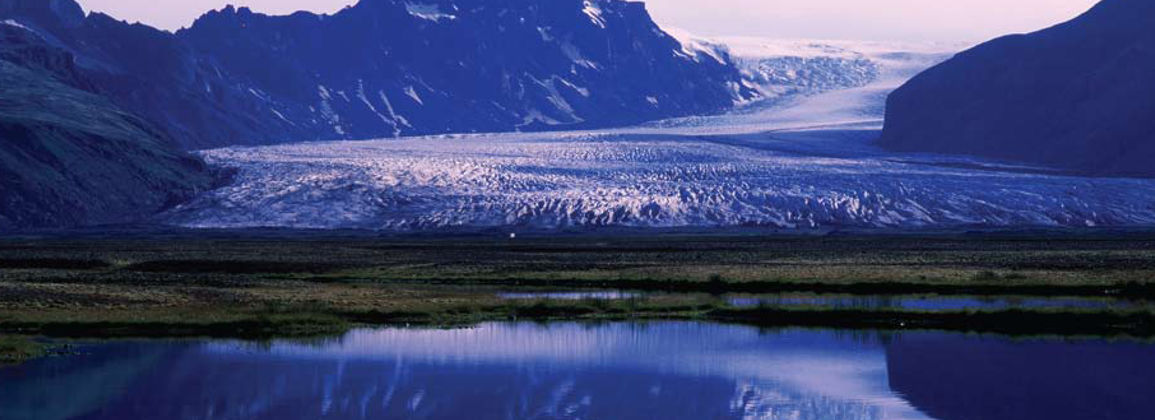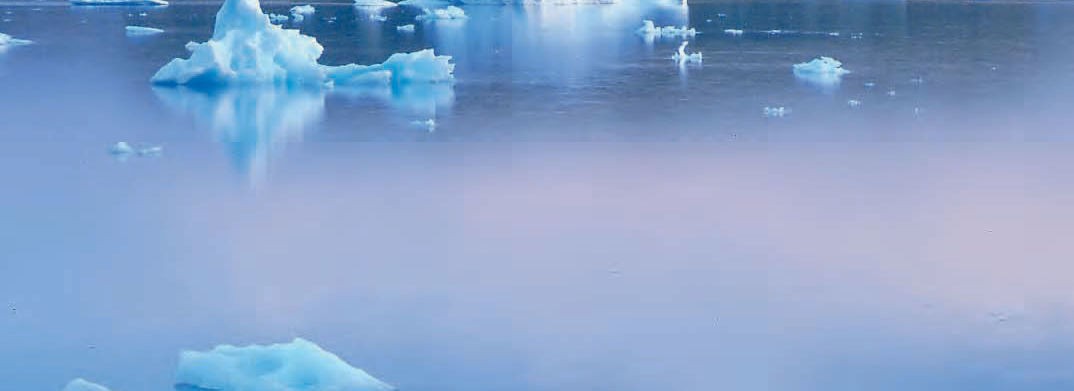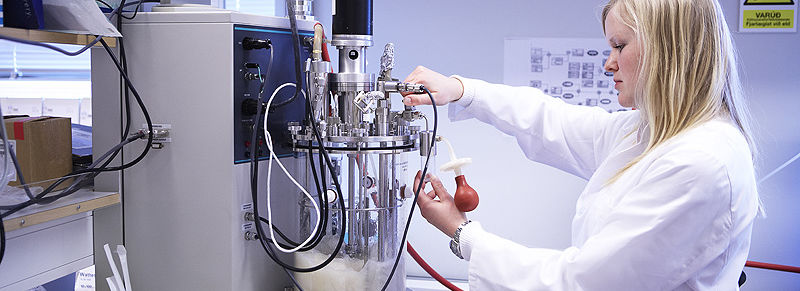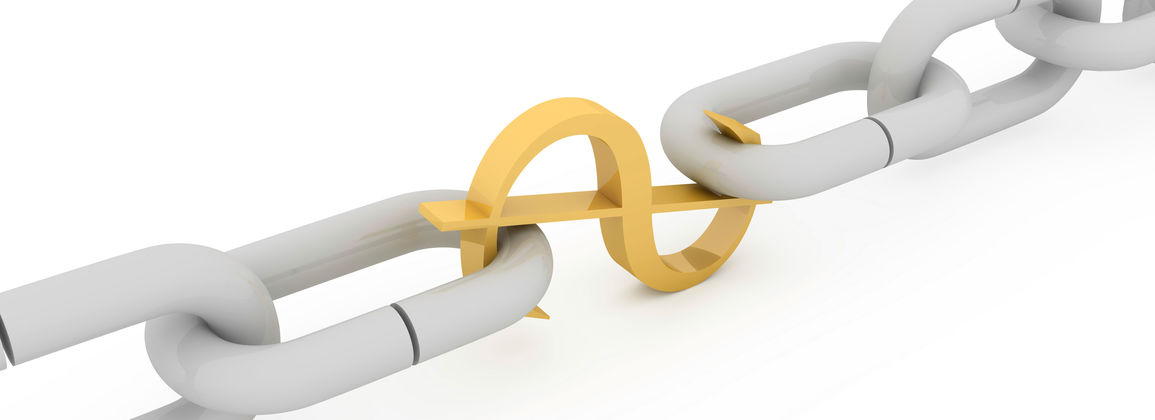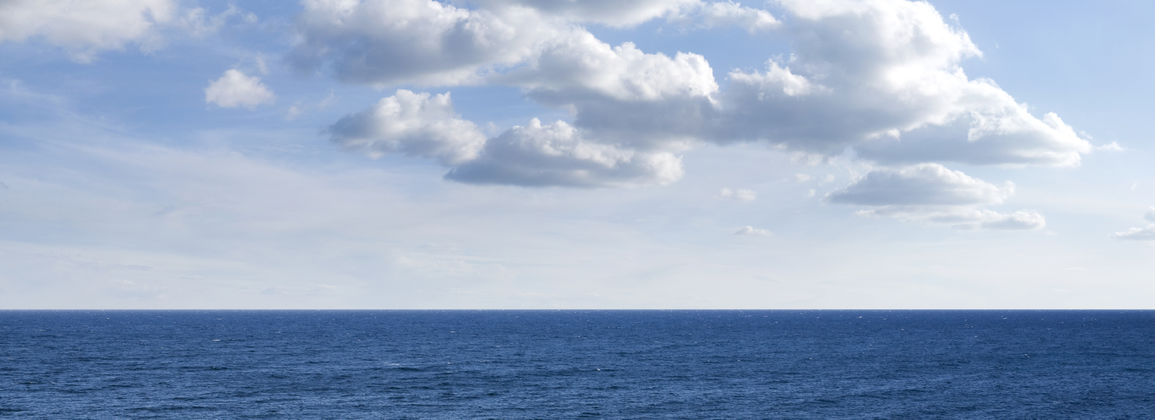The Italian Icelandic Chamber of Commerce, in collaboration with the Slow Food Association and Matís, organizes a seminar on the value of local food for culture, tourism and society. Matís' employees, Þóra Valsdóttir and Guðjón Þorkelsson, give a very interesting talk: "The special position of Icelandic food. Origin, quality, products. "
Wednesday. June 2, 2010
The store's house, 14th floor at 15.-17.00
Slow Food Reykjavik, Eygló Björk Ólafsdóttir:
Slow Food's project to protect and promote original, local foods.
Matís, Þóra Valsdóttir and Guðjón Þorkelsson:
The special position of Icelandic food. Origin, quality, products.
Edda Hotels, Friðrik V. Karlsson:
The old sky in the new kitchen
EG Fiskverkun, Flateyri, Guðrún Pálsdóttir:
Westfjords dried fish - history and specialties
The Slow Food movement was born in Italy in 1989 and has played a major role in the preservation, revival and utilization of local foods around the world. The association's ideology is that the food is good, clean and fair - what value can be created in Iceland by following this policy? The ways within European co-operation and Slow Food to recognize food based on origin, quality and traditional processing methods will be highlighted.
For further information, contact Þóra Valsdóttir, thora.valsdottir@matis.is, and Guðjón Þorkelsson, gudjon.thorkelsson@matis.is.
Registration with Kristin@chamber.is


